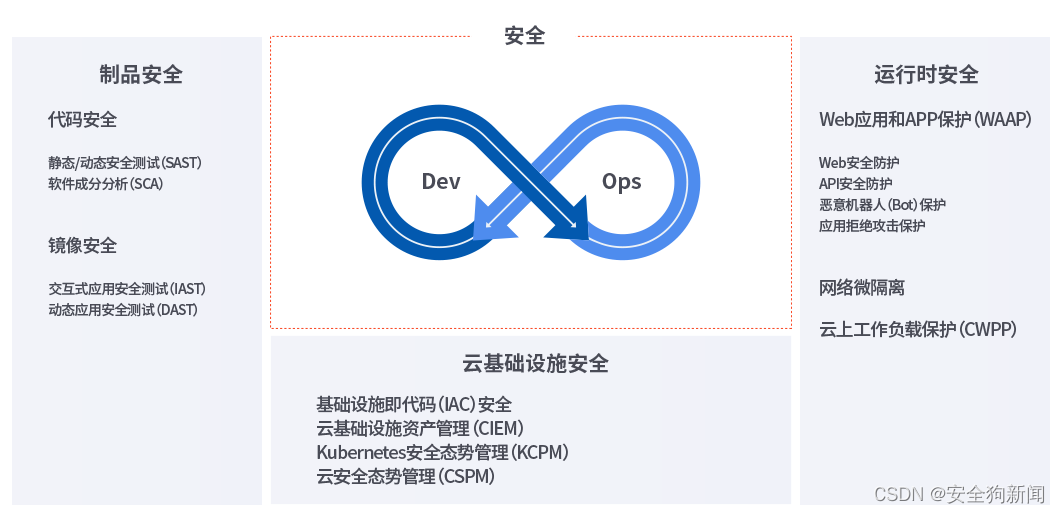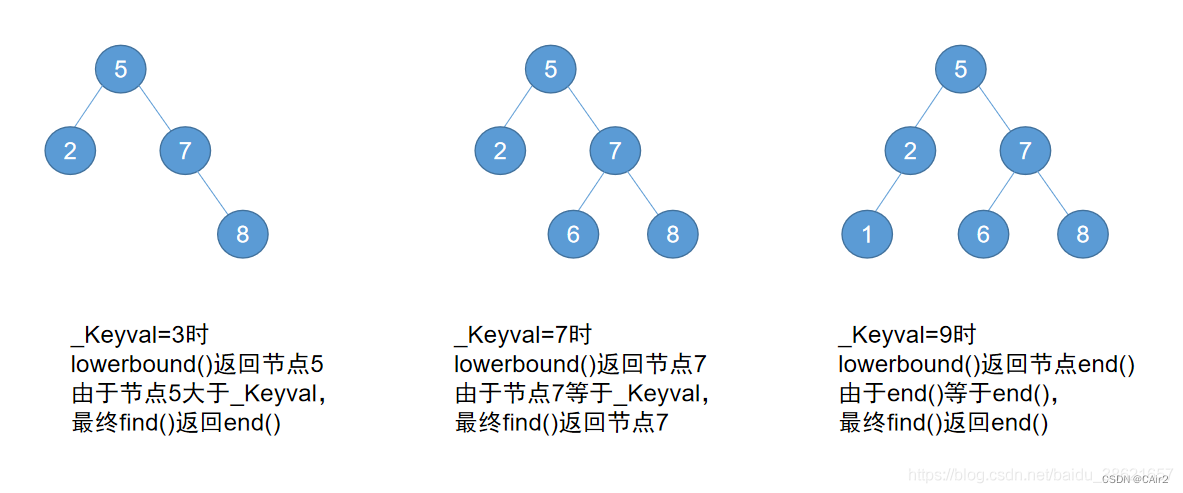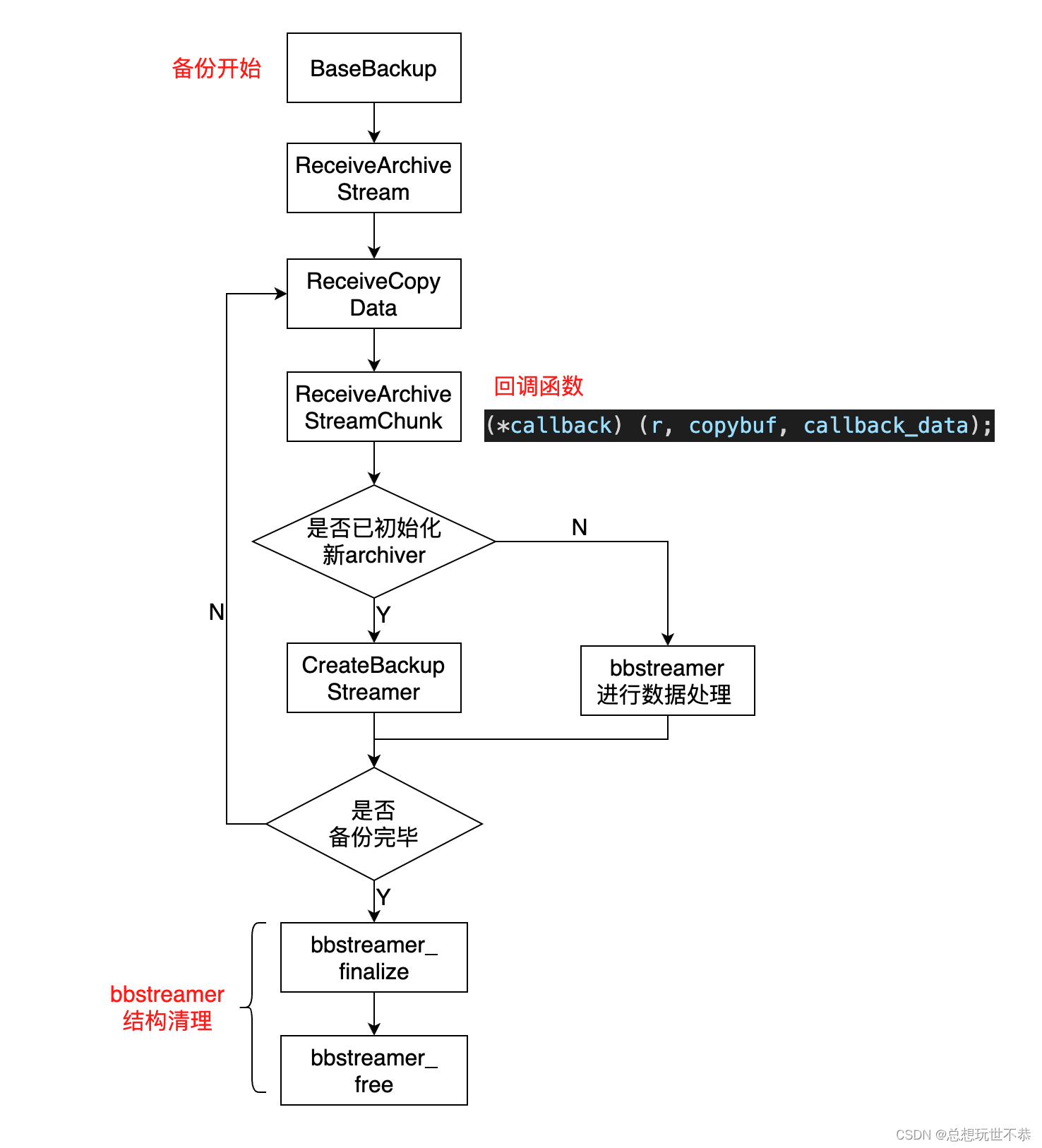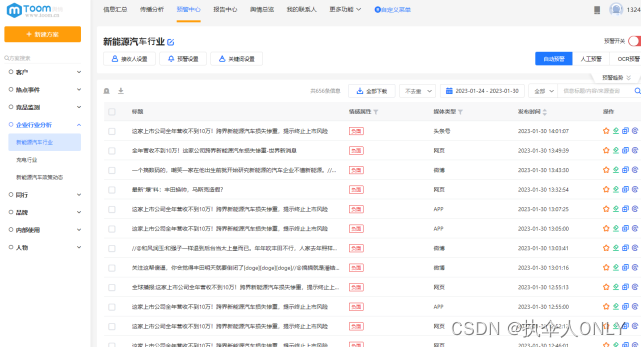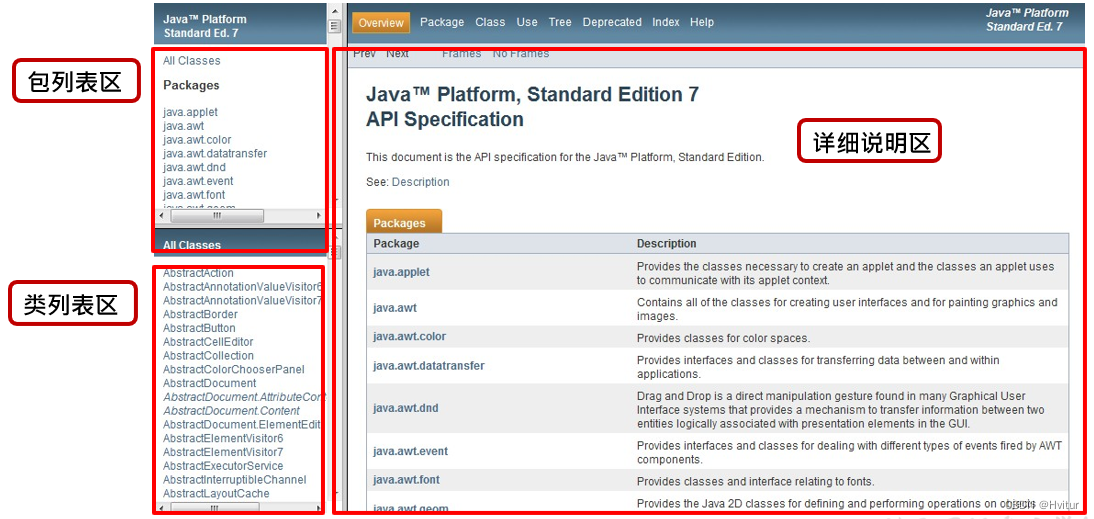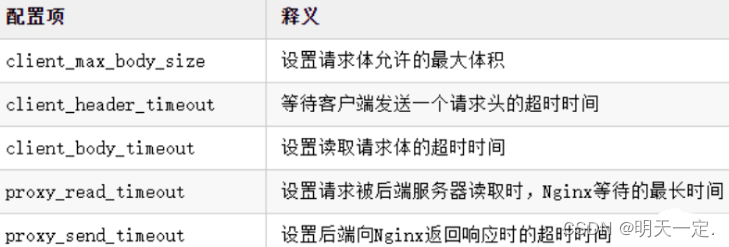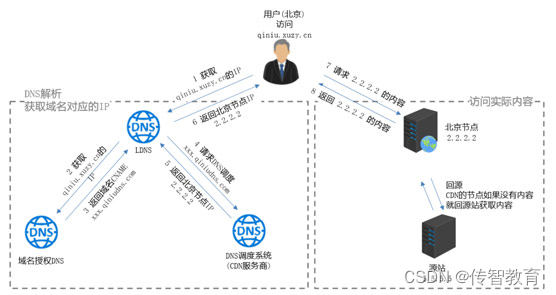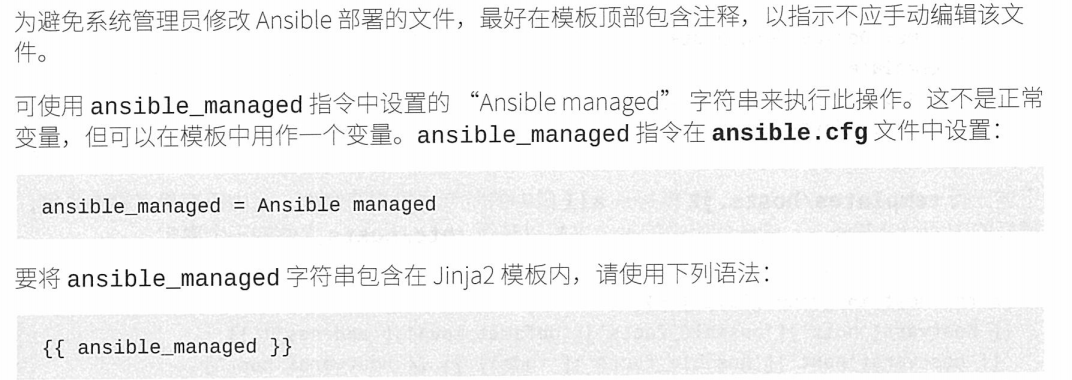一、SpringBoot启动类
@SpringBootApplication(exclude= DataSourceAutoConfiguration.class)
public class PracticeApplication {
public static void main(String[] args) {
SpringApplication.run(PracticeApplication.class, args);
}
}
二、源码解析
/**
* Static helper that can be used to run a {@link SpringApplication} from the
* specified sources using default settings and user supplied arguments.
* @param primarySources the primary sources to load
* @param args the application arguments (usually passed from a Java main method)
* @return the running {@link ApplicationContext}
*/
public static ConfigurableApplicationContext run(Class<?>[] primarySources, String[] args) {
return new SpringApplication(primarySources).run(args);
}
整体流程如下:

2-1 创建SpringApplication对象
/**
* Create a new {@link SpringApplication} instance. The application context will load
* beans from the specified primary sources (see {@link SpringApplication class-level}
* documentation for details. The instance can be customized before calling
* {@link #run(String...)}.
* @param primarySources the primary bean sources
* @see #run(Class, String[])
* @see #SpringApplication(ResourceLoader, Class...)
* @see #setSources(Set)
*/
public SpringApplication(Class<?>... primarySources) {
this(null, primarySources);
}
/**
* Create a new {@link SpringApplication} instance. The application context will load
* beans from the specified primary sources (see {@link SpringApplication class-level}
* documentation for details. The instance can be customized before calling
* {@link #run(String...)}.
* @param resourceLoader the resource loader to use
* @param primarySources the primary bean sources
* @see #run(Class, String[])
* @see #setSources(Set)
*/
@SuppressWarnings({ "unchecked", "rawtypes" })
public SpringApplication(ResourceLoader resourceLoader, Class<?>... primarySources) {
this.resourceLoader = resourceLoader;
Assert.notNull(primarySources, "PrimarySources must not be null");
// 将启动类放入primarySources
this.primarySources = new LinkedHashSet<>(Arrays.asList(primarySources));
// 获取应用的类型:servlet或者是webFlux
this.webApplicationType = WebApplicationType.deduceFromClasspath();
// 从spring.factories 中去获取所有key:org.springframework.context.ApplicationContextInitializer
setInitializers((Collection) getSpringFactoriesInstances(ApplicationContextInitializer.class));
// 去spring.factories 中去获取所有key: org.springframework.context.ApplicationListener
setListeners((Collection) getSpringFactoriesInstances(ApplicationListener.class));
// 从Application找到main方法所在的那个类
this.mainApplicationClass = deduceMainApplicationClass();
}
基本流程:
1.获取启动类;
2.获取web应用类型;
3.从spring.factories中读取对外扩展的ApplicationContextInitializer ,ApplicationListener;
4.根据main方法找出所在类。
2-2 SpringApplication.run()
/**
* Run the Spring application, creating and refreshing a new
* {@link ApplicationContext}.
* @param args the application arguments (usually passed from a Java main method)
* @return a running {@link ApplicationContext}
*/
public ConfigurableApplicationContext run(String... args) {
StopWatch stopWatch = new StopWatch();
stopWatch.start();
ConfigurableApplicationContext context = null;
configureHeadlessProperty();
// 1.获取所有的SpringApplicationRunListeners,调用它们的starting()方法,通知它们当前SpringBoot应用即将启动
SpringApplicationRunListeners listeners = getRunListeners(args);
listeners.starting();
try {
// 2.配置当前应用将要使用的Environment,遍历调用所有SpringApplicationRunListener的environmentPrepared()的方法,通知它们当前SpringBoot应用使用的Environment准备好了
ApplicationArguments applicationArguments = new DefaultApplicationArguments(args);
ConfigurableEnvironment environment = prepareEnvironment(listeners, applicationArguments);
configureIgnoreBeanInfo(environment);
// 3.如果SpringApplication的showBanner属性被设置为true,则打印banner(横幅)
Banner printedBanner = printBanner(environment);
// 4.创建ApplicationContext上下文对象(利用反射)
// 例如:servlet项目:org.springframework.boot.web.servlet.context.AnnotationConfigServletWebServerApplicationContext@2a32fb6
context = createApplicationContext();
// 5. 遍历调用所有SpringApplicationRunListener的contextPrepared()方法
prepareContext(context, environment, listeners, applicationArguments, printedBanner);
// 6.调用ApplicationContext的refresh()方法,将所有的BeanDefinition转化为Bean对象放置于IOC容器中
refreshContext(context);
// protected方法,用户可去实现自己的逻辑
afterRefresh(context, applicationArguments);
stopWatch.stop();
if (this.logStartupInfo) { // 默认为true
new StartupInfoLogger(this.mainApplicationClass).logStarted(getApplicationLog(), stopWatch);
}
// 7.调用SpringApplicationRunListeners的started()方法,将所有的监听器进行开启
listeners.started(context);
// 8.查找当前ApplicationContext中是否注册有ApplicationRunner或者CommandLineRunner,如果有,则遍历执行它们的run方法
callRunners(context, applicationArguments);
}
catch (Throwable ex) {
// 出现异常后,调用listeners.failed()、context.close()方法,并打印出异常信息
handleRunFailure(context, ex, listeners);
throw new IllegalStateException(ex);
}
try {
// 9.遍历执行SpringApplicationRunListener的running()方法
listeners.running(context);
}
catch (Throwable ex) {
handleRunFailure(context, ex, null);
throw new IllegalStateException(ex);
}
return context;
}
基本流程:
1.从spring.factories 读取 listener,进行预启动;
2.设置环境变量、banner信息、配置信息等;
3. 创建springApplication上下文;
4. 预初始化上下文;
5.调用refresh 加载ioc容器(加载所有的自动配置类、创建servlet容器); -》底层是Spring框架来实现的
6.监听器启动。
